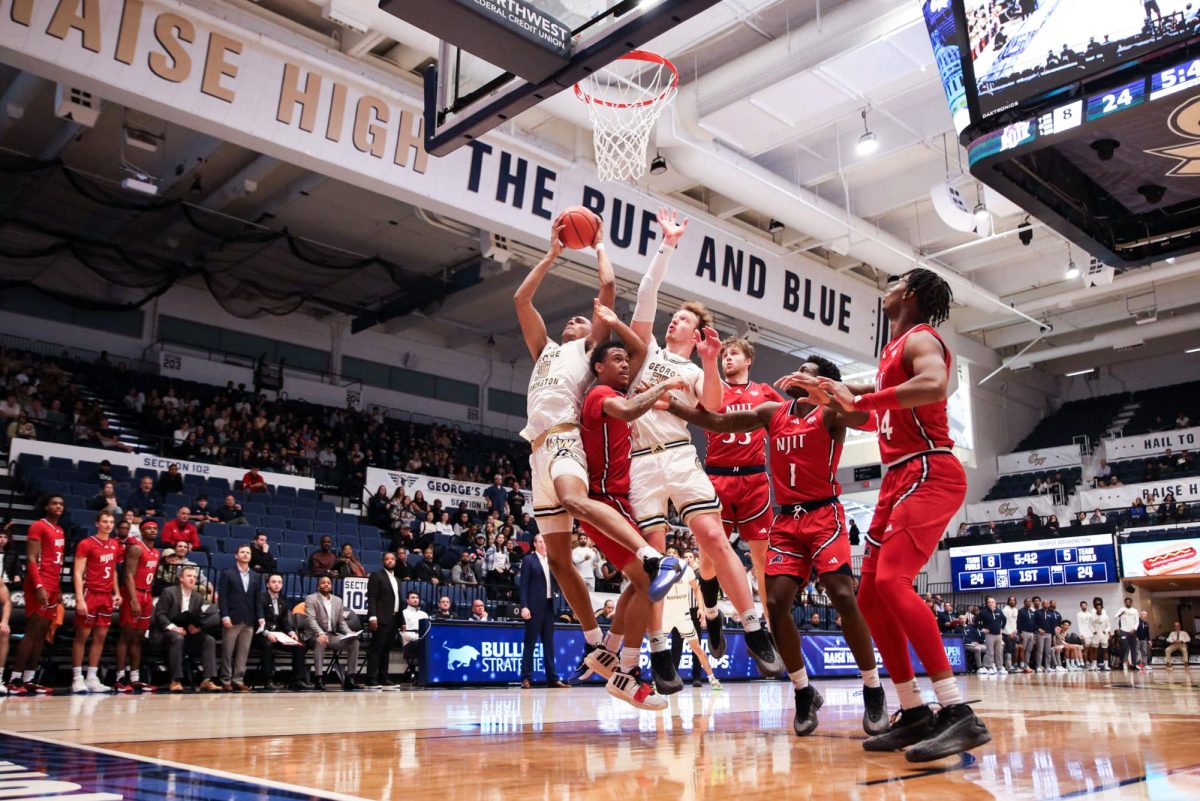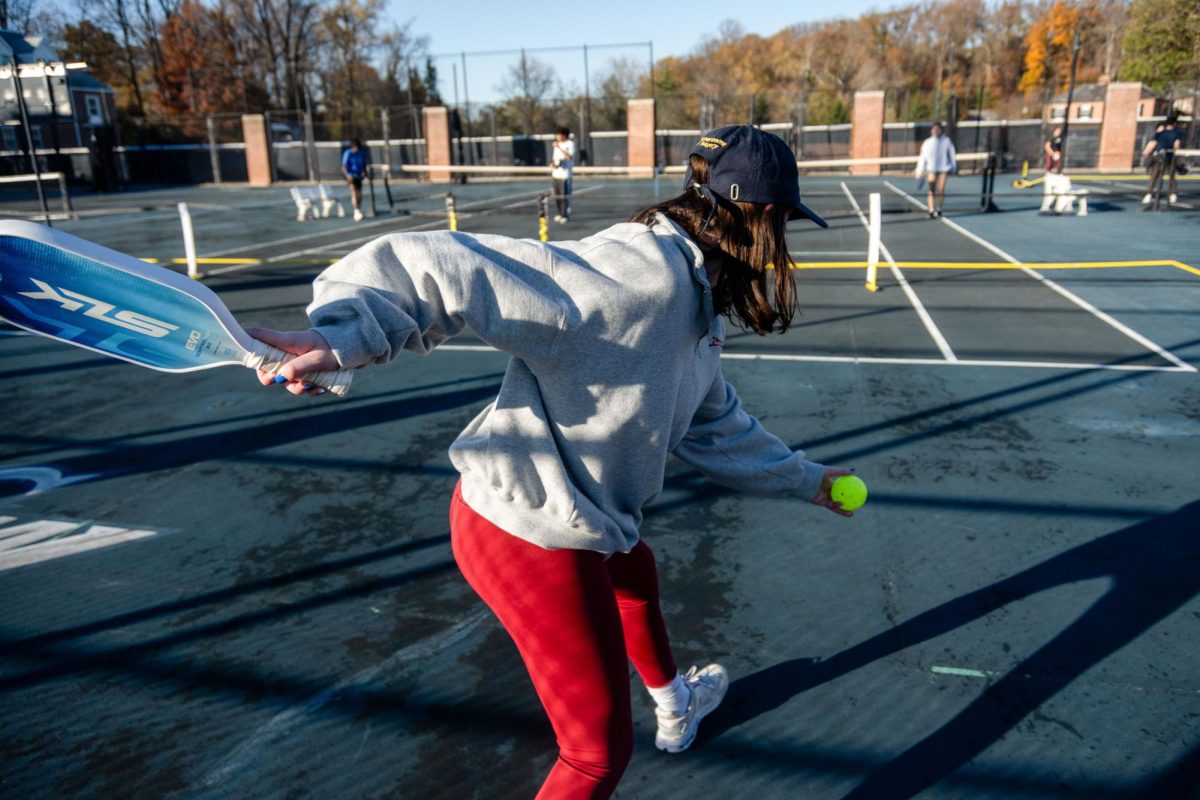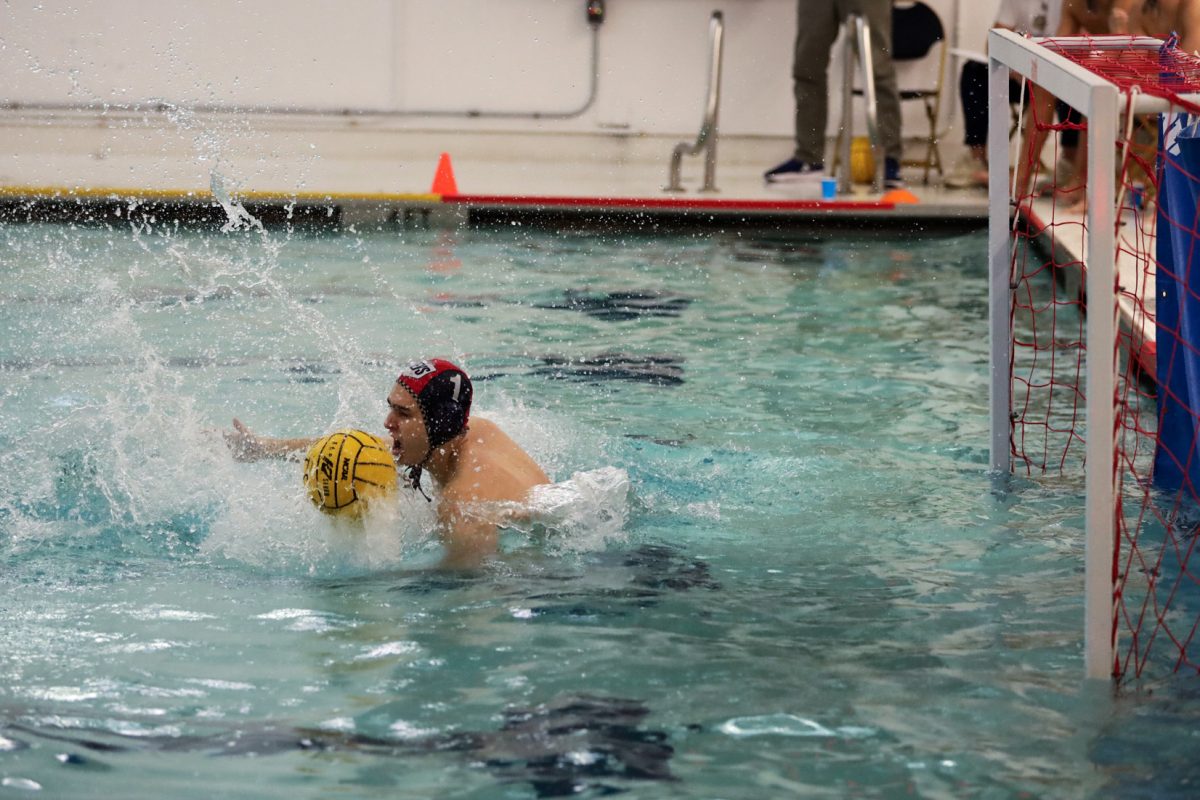Coach K said he would get in trouble for saying it. He questioned whether the Atlantic 10 would deserve six teams in the NCAA tournament.
“Come on,” Duke coach Mike Krzyzewski said, leading up to the postseason last year. “I mean, they’re good, but put them in our conference and go through the meat grinder that our conference has to go through.”
They got all six. GW, VCU, Massachusetts and Saint Joseph’s lost their first games, but Saint Louis got to the round of 32 and Dayton made the Elite Eight.
Did the A-10 peak last year? Now that non-conference play has concluded, the league has laid the groundwork for how conference wins will be perceived nationally. The conference doesn’t look like it will match last season’s strength come March, but it should still hang in there with a handful of bids.
“The A-10 is not the Big 12, ACC or Big 10,” said Charles Bowles, a Mid-Major Madness A-10 writer. “It is a good basketball league on a down year, but the league will likely receive multiple bids for the NCAA Tournament, just not six like last season.”
While that may sound like a middle-of-the-road performance, it’s really just the average of an up-and-down performance. The A-10’s roller coaster act this season has baffled analysts who question whether the league is over or undervalued. It has been heralded as the ideal “mid-major” at times and told to leave the work to the big boys at others.
After GW won the Diamond Head Classic over then-No. 11 Wichita State, CBS Sports college basketball analyst Jon Rothstein tweeted that it was a huge win for the A-10, while his colleague Seth Davis tweeted that it was “neither shocking nor upsetting. The Colonials are legit and the Shockers were due.”
The A-10 had its fair share of slip ups in the non-conference season, prompting analysts to ask if the league could merit less than three bids for the first time in eight years, even if it could be a one-bid league. Colonials fans fretted over the strength of GW’s conference schedule as A-10 opponents like Saint Louis picked up ugly baggage in losses to Texas A&M Corpus Christi and South Dakota State, but head coach Mike Lonergan said the talk surrounding the league has been overblown.
“It doesn’t matter what the haters say. It matters what the facts are at the end of the year,” Lonergan said. “I’m sure the A-10 will be right there with three to six bids again.”
The six A-10 teams, including GW and sixth-rated VCU, ranked in the RPI Top-100 give reason to believe in Lonergan’s “shake it off” approach. The Rams had the hardest non-conference slate of games in the nation, according to RPIRatings.com, and the league has six teams, also including GW, in the top 60.
It’s important for the Colonials that their league opponents be viewed as quality squads. The more NCAA teams a conference wants, the more teams that need to build a NCAA-type resume in the non-conference season. That helps boost their fellow conference teams in the regular season, giving them what ESPN College basketball analyst Joe Lunardi called “scalp wins.”

He said Massachusetts gave the A-10 prime in-conference scalp wins last season after Chaz Williams and the Minutemen went 13-1 in non-conference play, including a win over then-No. 19 New Mexico. Massachusetts’ extremely strong non-conference schedule made GW’s win over the Minutemen in the A-10 quarterfinals look better – and its regular season loss not look as bad.
Given that, how has the A-10 been this year? “The league has been frankly pretty pedestrian,” Lunardi said.
Lunardi released his first over/under values on NCAA bids per conference last week. The A-10 received a number of 2.5, which does not include a team that wins the postseason tournament in Brooklyn to earn an automatic bid.
“If I had to bet a mortgage, I’d bet the under,” Lunardi said.
Granted, he is still cautious about the legitimacy of conference newcomer Davidson (11-3, 2-1). The Wildcats dropped a game at VCU by six points against head coach Shaka Smart’s stymying havoc defense before pummeling Saint Louis 89-54. Lunardi said he was on the fence about the offensive juggernaut Davidson, this prior to the games against the Rams and Billikens.
The problem with Dayton is health and depth, but the team continues to play well, winning its first three conference games to move to 13-2.
If the conference does get a few teams, which will they be? Lunardi has VCU and GW in. Dayton is hanging around despite the injuries. Davidson has emerged as a dark horse after a preseason pick of 12 out of 14 and kept up nicely with VCU in a six-point road loss.
Rhode Island was picked fifth and looks a bit like GW last year – a supposedly rebuilding team with a core group of sophomores making the leap a year early. The Rams are now 3-0 in conference play, with wins at Saint Louis, against Fordham and at Duquesne. They lost to then-No. 11 Kansas and beat then-No. 21 Nebraska in the non-conference season.
“[GW is] the second-best team in the league,” Lunardi said. “I think VCU is a little overrated. But I think they’re very good. Overrated in the sense that people were talking Final Four before the season – I didn’t see that.”
For the most part, A-10 men’s basketball coaches are still sticking up for the conference. They praise GW’s win at the Diamond Classic in Hawaii, and say they have something to prove to the rest of the country.
“It’s obviously critically important the amount of bids we got last year, the way our teams in our league have pushed themselves in the non-conference,” Rhode Island head coach Dan Hurley said. “Some of the great wins that we got this year. The whole reputation of the league continues to grow.”
Dayton’s run to the Elite Eight last year was huge for the conference. Newcomers VCU, George Mason and Davidson have all based their national brands on deep “Cinderella” runs, though those runs were as members of conferences with heavier emphasis on the “mid” in “mid-major.”
But last year was last year. A constellation of stars have departed. Last season’s leading scorer for Saint Joe’s, Langston Galloway, debuted with the New York Knicks on Wednesday. And coaches can admit some shortcomings this season. George Mason head coach Paul Hewitt said his team might have took on too tough of a schedule in parts.
Massachusetts head coach Derek Kellogg agreed that creating the ideal schedule is a difficult art.
“It’s something that every year you got to look in a mirror and decide what’s best for your team and what’s best for the conference,” Kellogg said. “We’ll continue to try to play well and carry the A-10 flag wherever we go.”
Scheduling is tricky in part because perceptions of teams change throughout the season. When GW lost to Penn State and Seton Hall early in the season, Lonergan said he was worried, thinking his Colonials had to at least split them. Now with Seton Hall’s emergence (the No. 19 Pirates have beaten Saint John’s and Villanova) and the lore the Nittany Lions carry as a Big 10 team, Lonergan thinks his team has had no bad losses yet.
“The thing now is we don’t have 16 league games, we have 18,” Lonergan said. “So we have to keep winning and we got to try to get better because we’re so far from thinking NCAA tournament right now.”
No stranger to the Big Dance, Smart admitted that his team had a few tough games early on. He sees it as a dose of humility from which a team can always benefit.
Smart would not put an early number prediction on conference bids, but he knows there is depth and said young teams are starting to find a rhythm. Teams like GW, with what he called the best non-conference win for the A-10 against Wichita State, have already shown it, and teams like Davidson look primed to prove themselves in the future. Still, Smart said, it’s worth acknowledging that things probably couldn’t have gone better in the recent past.
“It remains to be seen [number of bids],” Smart said. “It all depends on how the conference standings shake out. The last couple years things have fallen almost perfect in terms of our league maximizing its number of bids in the NCAA tournament.”







